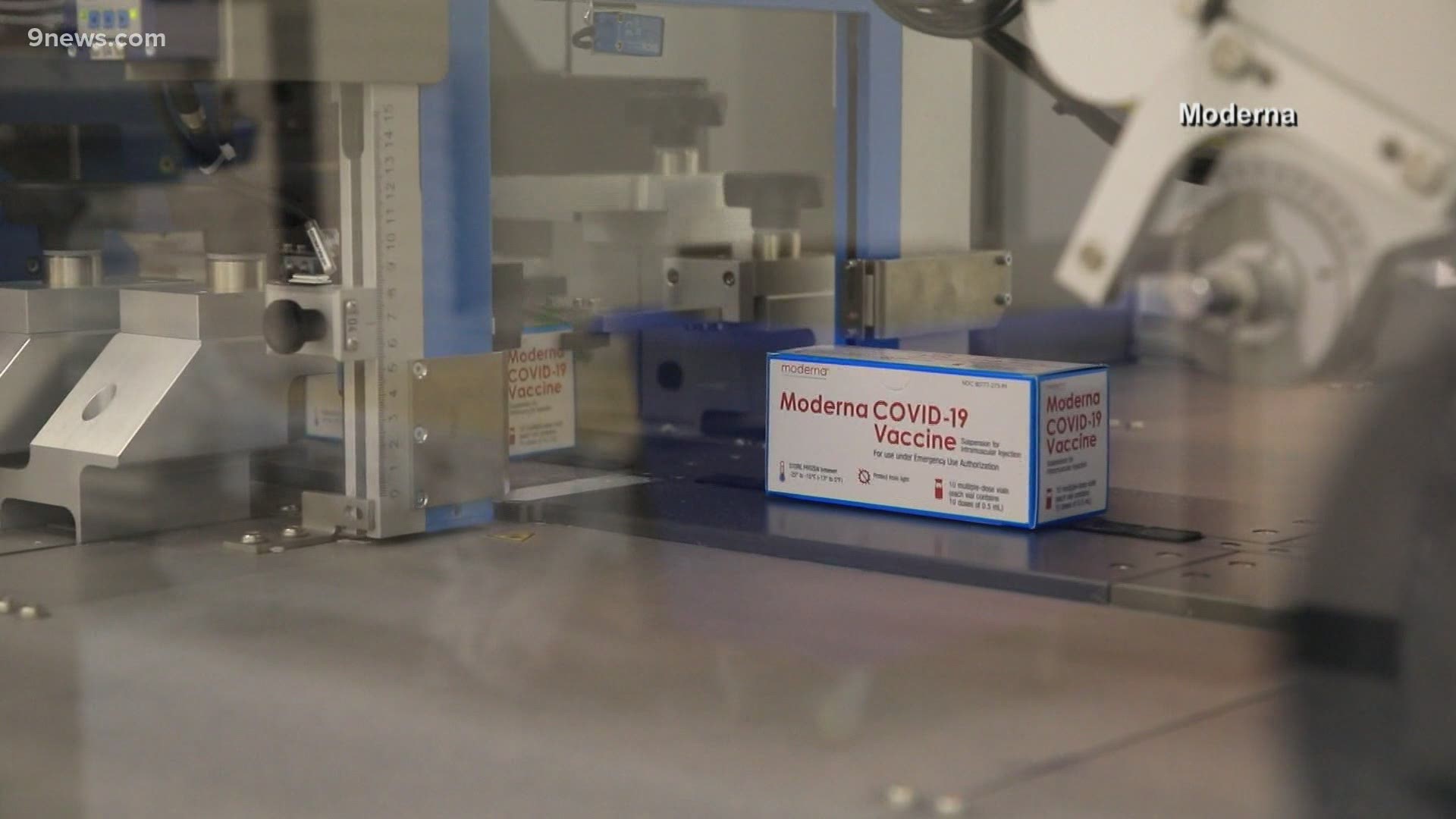COLORADO, USA — While the United States already has three approved COVID-19 vaccines, UCHealth and CU Anschutz are wrapping up Phase 3 of their trial for a fourth one.
Researchers wanted to make sure that communities disproportionately affected by COVID-19 were well-represented in the trial for the Novavax vaccine.
Dr. Thomas Campbell, UCHealth's chief clinical research officer, updated 9NEWS on the trial so far.
(Editor's Note: Responses have been edited for context and clarity.)
9NEWS: How many volunteers participated in this trial?
Campbell: Here at CU Anschutz, we enrolled 286 volunteers. We are one of approximately 100 sites that are participating in the Novavax study, which is a very large study that enrolled around 30,000 people across the United States and Mexico.
What is the demographic makeup of the trial participants that participated?
Campbell: We did want to enroll a group of volunteers that represented COVID in Colorado. Obviously, COVID has had big impacts in Hispanic and African American communities, so we wanted to be sure to enroll representative portions of individuals in those communities.
In the end we’ve enrolled 15% of our participants who are Hispanic, roughly 5% African American, I think around 3% Asian, and 1% Native American.
How did the demographics compare to the last two COVID-19 vaccine trials at UCHealth?
Campbell: We did better in enrolling for the Moderna study. I was somewhere between 40-50% people of color, including 9% African American, close to 30% Hispanic and 7% percent Native American.
How is the Novavax COVID-19 vaccine different from Pfizer, Moderna and Johnson & Johnson?
Campbell: The mRNA vaccines, Pfizer and Moderna, deliver the spike protein in what's called messenger RNA, so it’s an RNA molecule that has the genetic code for the spike protein. It’s injected into our shoulder, and our cells take it up, and they start making the spike protein right there in our shoulder.
The Johnson & Johnson vaccine takes a similar type of approach, but it uses an adenovirus vector. Adenoviruses are common viruses, like the common cold. For that vaccine, a disabled adenovirus carries the genetic information in the form of DNA or the spike protein. It’s injected into our muscles, and our muscle cells start making the spike protein. Both mRNA vaccines and the adenovirus vector are very novel technologies. This is the first time these technologies have been used in large-scale vaccinations.
The Novavax vaccine uses a much more time-tested traditional approach to vaccines, which is to make the spike protein in the laboratory, make it in large quantities in the laboratory, purify it and then inject the actual spike protein into our shoulder muscle.
Have children been studied in the Novavax vaccine trial?
Campbell: Novavax is now conducting a pediatric expansion. We were authorized to begin enrollment of age group of 12 to 15-year-olds, in addition to our adult enrollment. The 286 I mentioned was people 18 and older.
If you're interested in volunteering or learning more about the pediatric study, you can email novavaxstudy@cuanschutz.edu or call 720-777-4496.
SUGGESTED VIDEOS: Latest from 9NEWS

